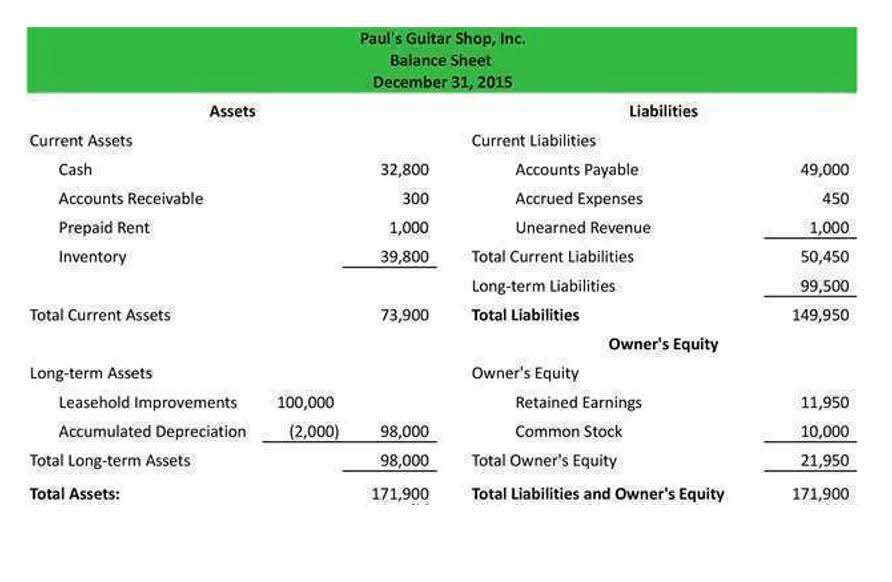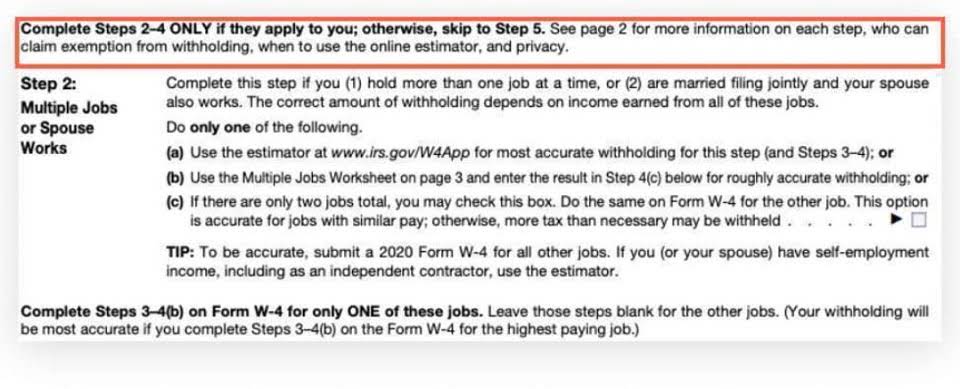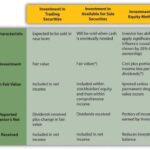.jpg)
Another challenge in implementing negative confirmation is ensuring the validity of the responses received. It is crucial to verify that the responses are genuine and not fabricated to conceal fraudulent activities. To mitigate this risk, companies can consider implementing additional control measures, such as conducting follow-up calls or visits to recipients to validate their responses. In today’s rapidly evolving business landscape, fraud has become a significant concern for organizations of all sizes and industries.
.png)
The Role of Auditing in Modern Corporate Governance
By reaching out to third parties, auditors can identify irregularities or inconsistencies in financial information that may indicate fraudulent activities. For example, in a case study conducted by XYZ Auditing Firm, negative confirmation revealed that a vendor claimed to have never conducted business with the auditee, contradicting the auditee’s financial records. This discovery led to further investigation, ultimately uncovering a fraudulent scheme that had been ongoing for several years. Negative confirmation is applicable for use in the situation where the client’s internal control system is strong and the client’s third party (customers & suppliers) are willing to respond. If the client’s internal control is not strong, the auditor should use positive confirmation or alternative procedures. There are several limitations to this approach, including the possibility of the recipients not responding to the document even if they disagree with a statement.
- Negative confirmation requests are a type of question or statement that asks someone to confirm that they have not done something or do not hold a particular belief or opinion.
- Internal audits play a crucial role in any organization, serving as a systematic and objective evaluation of its internal controls, processes, and operations.
- By requesting responses only from those who disagree with the stated information, auditors can reduce the risk of collusion or fraudulent activity.
- Additionally, maintaining clear and organized documentation throughout the audit can facilitate future reference and analysis.
- By sending out requests to a sample of suppliers, the auditors discovered that one supplier failed to respond to the confirmation request.
- This approach adds an additional layer of assurance and increases the reliability of the audit findings.
Selecting Individual Items of Cash and Accounts Receivable
Negative confirmation is a valuable technique that can significantly enhance accountability and fraud detection within an organization. By streamlining the confirmation process, auditors can focus on exceptions and detect irregularities effectively. Implementing the provided tips and learning from real-life case studies can further strengthen the effectiveness of negative confirmation in internal audits. Harnessing the power negative confirmation of negative confirmation for effective auditing is a valuable approach that can provide compelling audit evidence. By leveraging technology, following best practices, and learning from real-life case studies, auditors can optimize the effectiveness and efficiency of negative confirmation procedures.
Factors to Consider When Using Negative Confirmation
In this case, the auditors receive no responses from the vendors, indicating that the balances are likely correct. This negative confirmation provides evidence that the financial statements of DEF Corporation are accurate, reinforcing the reliability of their financial reporting. Internal controls are crucial for any organization to maintain the integrity of their financial statements and prevent fraud. In this section, we will discuss the importance of negative confirmation and its application in strengthening internal controls. Implementing negative confirmation in internal controls can be challenging, but with careful planning and the right strategies, these hurdles can be overcome. One of the main challenges in implementing negative confirmation is obtaining a sufficient response rate from the recipients.
It is a technique used to obtain evidence on the completeness and accuracy of financial information. Negative confirmation is a method where the auditor requests the recipients of financial information to respond only if they disagree with the information provided. While negative confirmation may seem like a straightforward method, it is not without its challenges and limitations. In this section, we will explore some of the potential challenges and limitations of negative confirmation. Implementing negative confirmation successfully requires careful planning, clear communication, and timely follow-up. By following these tips and considering alternative procedures when necessary, auditors can gather compelling audit evidence and enhance the overall effectiveness of their audits.
Common Challenges and Limitations in Negative Confirmation Procedures
When dealing with long-term, stable relationships where there is a high level of trust and reliability, negative confirmations can be particularly useful. For example, a company with long-standing suppliers who have a history of accurate and timely reporting may find negative confirmations to be an efficient way to verify account balances or transaction details. Transaction confirmation requests aim to verify the occurrence and accuracy of specific transactions.
- One of the key ways technology has revolutionized negative confirmation procedures is through automation.
- However, conducting an effective internal audit requires a systematic approach and a comprehensive understanding of the organization’s operations.
- While it can be a useful tool in certain situations, it is important to understand how it compares to other audit procedures in terms of effectiveness and reliability.
- By adhering to best practices and considering the specific circumstances of each audit engagement, auditors can leverage negative confirmation to enhance the accuracy and reliability of their work.
- In a recent audit of XYZ Company’s accounts receivable, the auditor decided to use negative confirmation to test the completeness of the outstanding receivables.
- The quality and relevance of the audit evidence obtained directly affect the auditors’ ability to detect material misstatements, fraud, and errors.
By obtaining evidence through independent sources, auditors can reduce the risk of relying solely on management-provided information. This approach adds an additional layer of assurance and increases the reliability of the audit findings. Additionally, negative confirmation provides a clear audit trail, allowing for easier documentation and review of the audit evidence. In the world of auditing, evidence plays a crucial role in providing assurance and credibility to financial statements.
Implementing Negative Confirmation in Audits
To illustrate the benefits of negative confirmation, let’s consider a case study involving XYZ Company. During the audit, the auditor sent negative confirmations to a sample of XYZ’s suppliers to validate the accounts payable balances. However, one supplier disputed the balance, claiming that XYZ had not paid their outstanding invoice. This discrepancy led the auditor to investigate further and discovered an error in XYZ’s accounts payable records.
.jpg)
If the auditor is not satisfied with the third party”s quality of confirmation, they should practice further professional skepticism, and implement further audit procedures. Confirmation of the account balance with a third party is important because it explains the managerial assertions behind the stated balance. Confirmation occurs if the third party doesn’t respond, or when a correction is submitted by the third party. As a result of these controls, XYZ Corporation experienced a significant reduction in stockouts, improved accuracy in inventory records, and enhanced operational efficiency.









Recent Comments